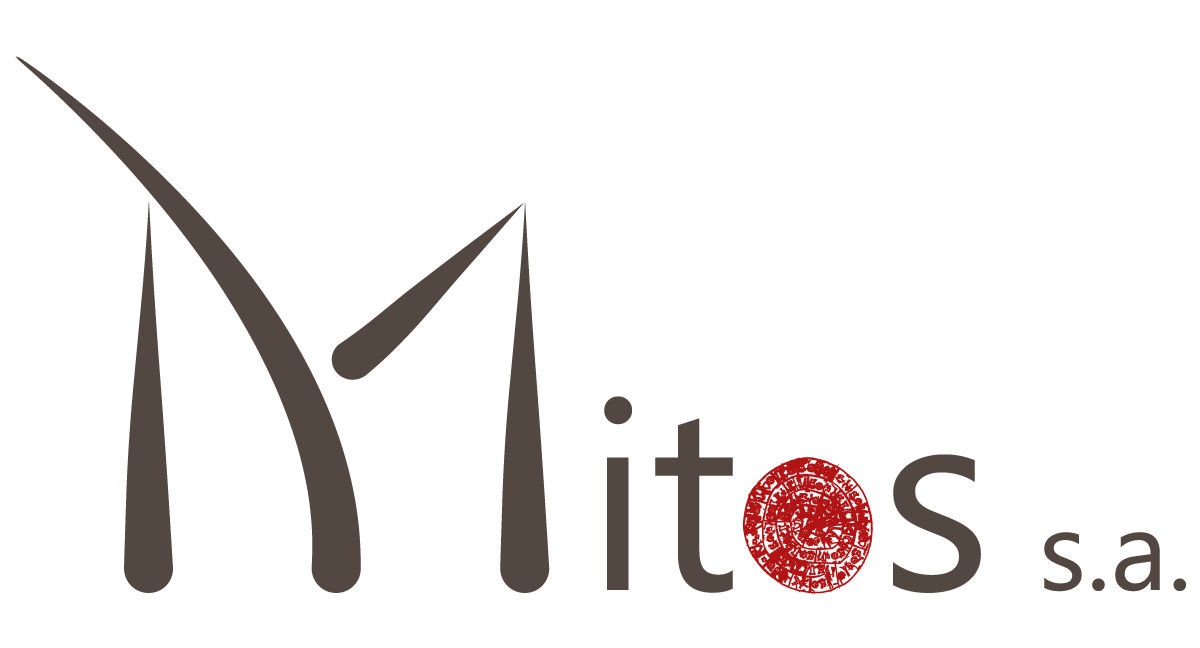Βλέπετε μια παλιά εκδήλωση. Η πώληση εισιτηρίων και η υποβολή εργασιών έχουν κλείσει.
Luis Sanchez-Ricart, Christos Panagiotopoulos
Design of vibro-acoustic systems including poroelastic material, with main aim the reduction if not cancellation of noise, require the knowledge of several material parameters. These material parameters usually are possible to be defined using some regular test in a standard acoustic laboratory. Here, we study an inverse technique for the characterization of poroelastic materials based on Biot’s theory of poroelasticity. Experimental setups for such a procedure usually consist of some configuration of several sequentially positioned layers each of it in the general case could be a poroelastic medium, some fluid or an elastic solid. As an indicative example we mention a configuration formed by a fluid, two porous layers saturated by a fluid, a solid layer and a second fluid. The configurations considering here result in an one-dimensional problem in the longitudinal direction, free of external forces per unit volume, stationary, and in the frequency domain ω. The problem represents the ideal conditions of the Kundt’s or impedance tube. In our work we take advantage of analytical solutions for the one-dimensional case of the poroelasticity’s boundary value problem. Based on previous works of one of the authors (LSR), the macroscopic model is valid from low to high frequencies; therefore, the analytical solutions are valid from low to high frequencies. Utilizing these solutions we develop a java-based toolkit that solves genelar case of an indefinite finite number of layers multidomain problem and calculates acoustical indicators, e.g. the surface impedance, the reflection coefficient or the absorption coefficient, important for poroelastic material characterization in vibro-acoustic applications. Following that we set a minimization problem in order to approximate the material parameters using the measured acoustical indicators. For the minimization procedure we use an evolutionary algorithm, namely the differential evolution, which is a gradient free algorithm appropriate for global optimization. Finally, examples that validate the current approach are presented.


